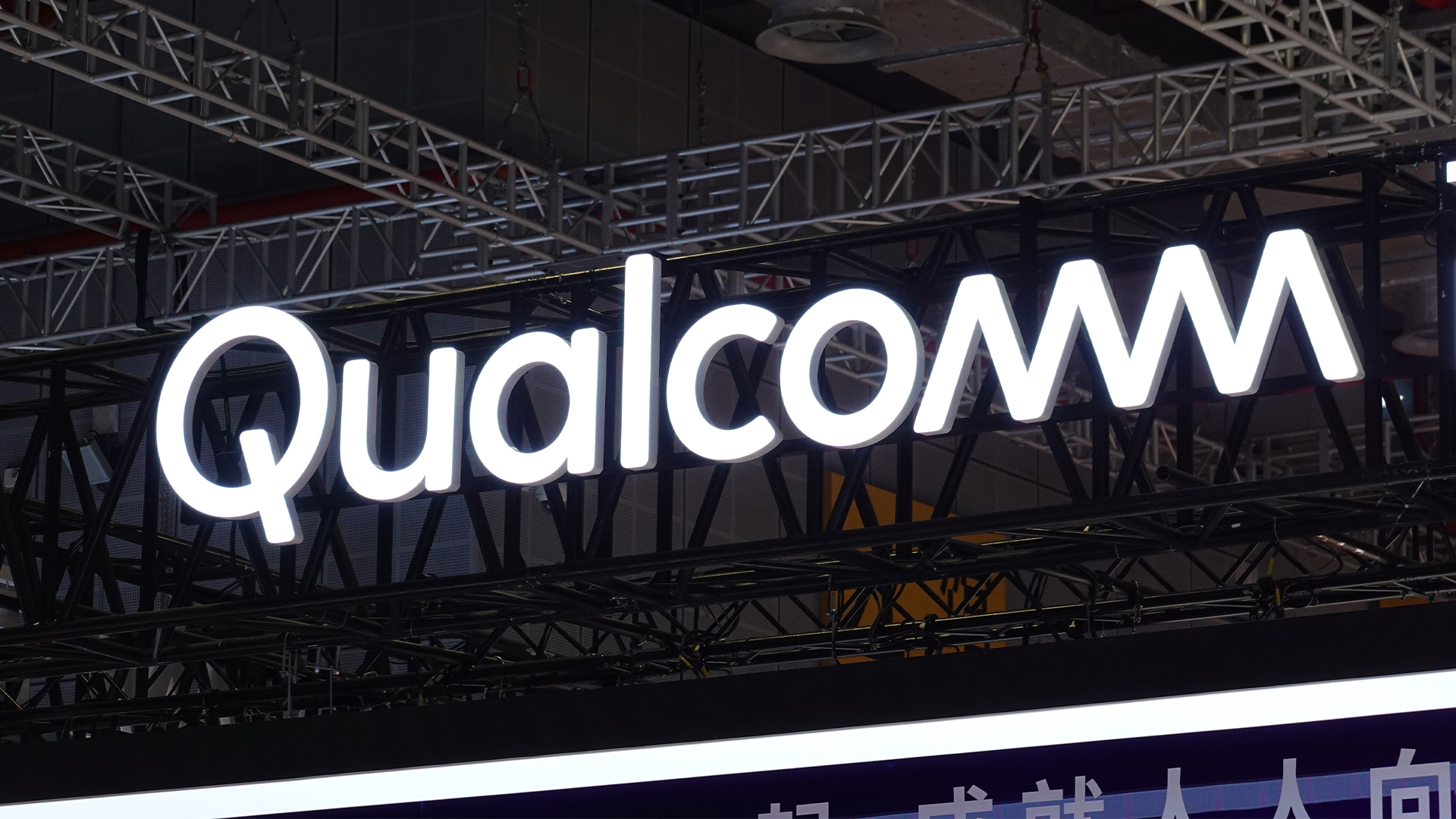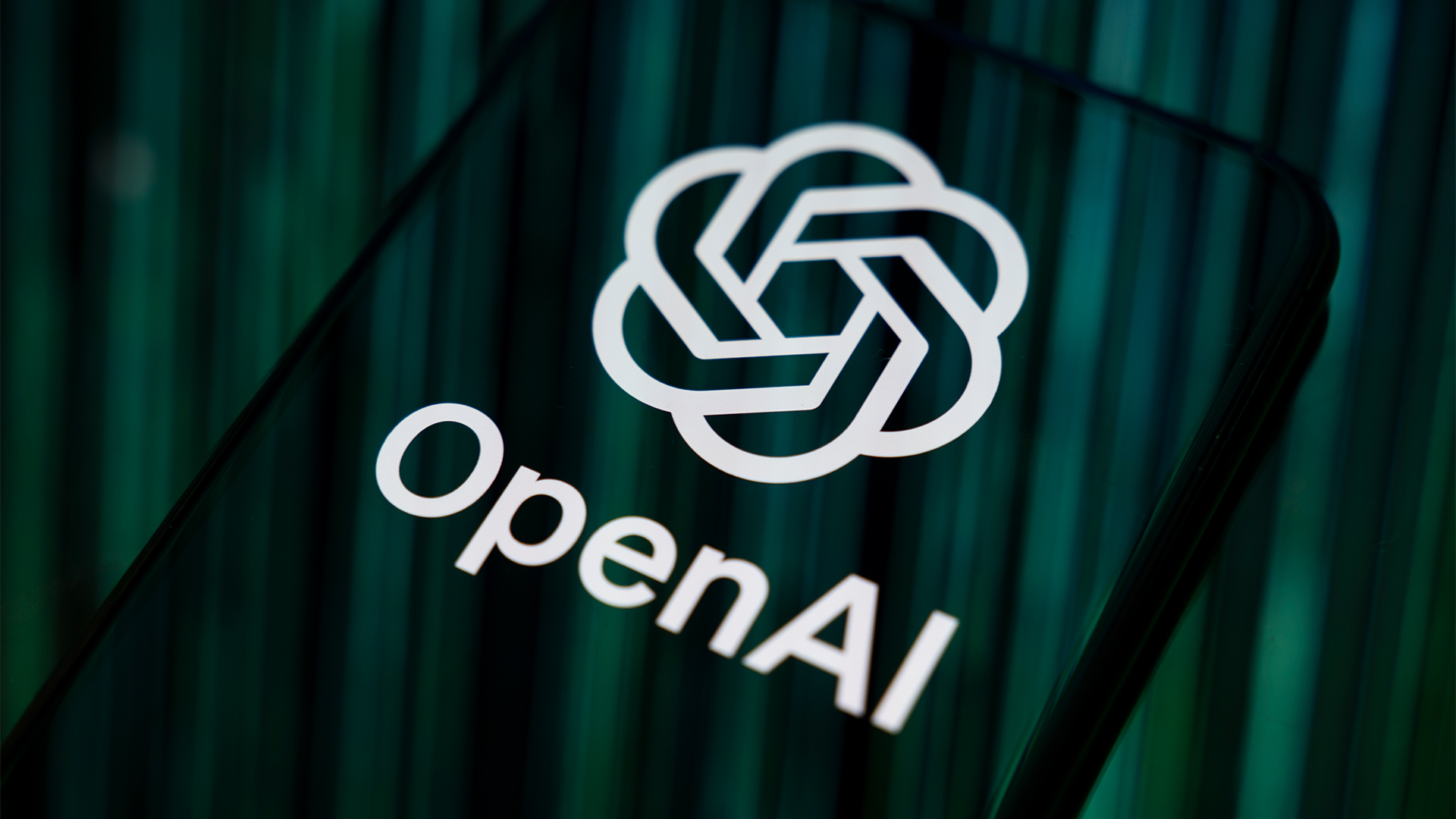Hitachi Data Systems SMS-100
HDS' IP SAN appliance is designed for small businesses. Can if deliver in the performance and value stakes?
Hitachi Data Systems makes IP SANs even easier to deploy for SMBs with an affordable iSCSI appliance that doesn’t require users to hot-swap any component and offers a good turn of speed as well.

IP SANs have been enjoying a meteoric rise in popularity as SMBs are viewing them as a far more cost-effective alternative to FC SAN products. We've seen a large number of storage vendors joining the iSCSI club over the past few months and now the mighty Hitachi Data Systems (HDS) wants a piece of the action as well.
Its latest Simple Modular Storage (SMS) solution stands out from the crowd for number of reasons. Not only does the SMS-100 aim to offer SMBs affordable network storage but it comes straight out the box without a single point of failure. The key concept with this appliance is that it has been designed to do away with the need for users to hot-swap any failed components.
The system supports up to twelve hard disks but none of them are hot-swappable. The chassis has twelve drive bays at the front but removable covers are positioned on each side for two drives only and these two repair' bays are always empty regardless of the capacity chosen. That's leaves ten slots at the front but HDS has secreted two more fixed drives in separate bays underneath the lid.
The SMS-100 supports both SAS and SATA hard disks and HDS offers three configurations where you can have six, eight or twelve drives fitted. HDS is also playing the green card, although power efficiency isn't great as with only six drives installed our in-line power meter showed the appliance pulling nearly 300W when under load.
Irrespective of the specification all drives are configured only as a RAID-6 array, which provides dual drive redundancy. Essentially, if one fails, the appliance notifies you by email and you order a new one which you slot into either of the repair bays at the front. If another one goes down then you carry out the same procedure using the remaining bay. Users are not required to touch the failed drives which are simply left in their respective bays.
In the unlikely event of another drive failure you contact HDS which sends out a complete new appliance. The RAID controllers have an auto-migration' SAS port at the rear, which you connect to the new unit using the supplied cable kit and initiate a complete copy of all data from the degraded unit. This could take a few days but the primary unit is not taken offline until the copy has finished.
You then promote the new system to primary status, switch off the old unit and ship it back to HDS. This even applies to power as the unit is completely replaced if one supply goes down. The same philosophy also applies to the RAID controllers as these are not user replaceable either. You can start with one but if you want a second then a new appliance is supplied suitably attired and you carry out the same process of copying data across to it before sending the old one back.
Sign up today and you will receive a free copy of our Future Focus 2025 report - the leading guidance on AI, cybersecurity and other IT challenges as per 700+ senior executives
Dave is an IT consultant and freelance journalist specialising in hands-on reviews of computer networking products covering all market sectors from small businesses to enterprises. Founder of Binary Testing Ltd – the UK’s premier independent network testing laboratory - Dave has over 45 years of experience in the IT industry.
Dave has produced many thousands of in-depth business networking product reviews from his lab which have been reproduced globally. Writing for ITPro and its sister title, PC Pro, he covers all areas of business IT infrastructure, including servers, storage, network security, data protection, cloud, infrastructure and services.
-
 Qualcomm the data center with $2.4 billion Alphawave Semi acquisition
Qualcomm the data center with $2.4 billion Alphawave Semi acquisitionNews The move sees Qualcomm absorb Alphawave Semi’s portfolio of custom silicon, high-speed connectivity solutions, and chiplets
By Daniel Todd Published
-
 ‘If software development were an F1 race, these inefficiencies are the pit stops that eat into lap time’: Why developers need to sharpen their focus on documentation
‘If software development were an F1 race, these inefficiencies are the pit stops that eat into lap time’: Why developers need to sharpen their focus on documentationNews Poor documentation is a leading frustration for developers, research shows, but many are shirking responsibilities – and it's having a huge impact on efficiency.
By Ross Kelly Published
-
 OpenAI says GPT-5.2-Codex is its ‘most advanced agentic coding model yet’ – here’s what developers and cyber teams can expect
OpenAI says GPT-5.2-Codex is its ‘most advanced agentic coding model yet’ – here’s what developers and cyber teams can expectNews GPT-5.2 Codex is available immediately for paid ChatGPT users and API access will be rolled out in “coming weeks”
By Ross Kelly Published
